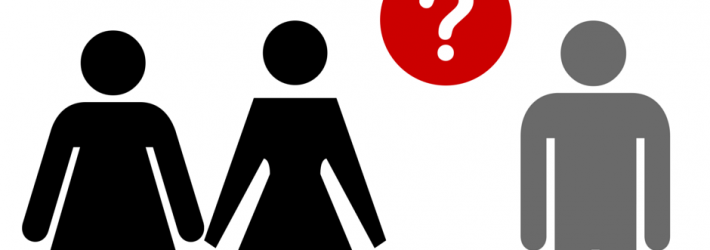How many people does it take to make a baby? If your answer is two, I’m afraid you may well be wrong. The House of Lords, following a ‘vote of conscience’ by its MPs have made Britain the first country to legalise mitochondrial transfer, a controversial IVF procedure which aims to eliminate inherited mitochondrial diseases. Previously, implanting genetically altered embryos was illegal. This current development, urged by Lord Howe the Health secretary, was an amendment to the 2008 Human Fertilisation and Embryology Act. It passed comfortably with a majority of 280 to 48 and became law in October 2015. Shortly afterwards, Newcastle University started offering women £500 to become ‘second mothers’ to three parent babies.
So what does it involve?
It basically exchanges defective mitochondrial DNA in the mother’s egg for some non-faulty DNA from a donor egg. Its goal is to prevent disease being from passed on genetically. Mitochondrial DNA are small structures within our cells that convert energy from food into a form that cells can use. They have their own set of 37 genes which are separate from the 20,000 genes that shape who we are. Disease affecting mitochondrial DNA tend to emerge in childhood and are invariably progressive. As they are involved in providing energy to the body the organs which need more energy are invariably the worst affected. These are typically areas such as the brain, heart, liver and other vital organs. Faulty mitochondria has also been linked to failing eyesight, deafness, Parkinson’s, epilepsy and diabetes. As it stands 0.5 of all children suffer from mitochondrial diseases.
Disease stemming from faulty mitochondrial DNA is passed down through the mother (some eggs carry it) and as she often exhibits little or no symptoms she invariably does so unwittingly. The probability of this happening comes down a biological lottery regarding which egg is fertilised. Although many of these inherited defects are not life threatening 1 in 6,500 develop into an illness that will significantly reduce the length of their life. There is no cure for mitochondrial disease once it has been allowed to propagate. Research has shown that mitochondrial donation could potentially help almost 2,500 women of reproductive age in the UK who are at risk of transmitting harmful DNA mutations in their mitochondria.
